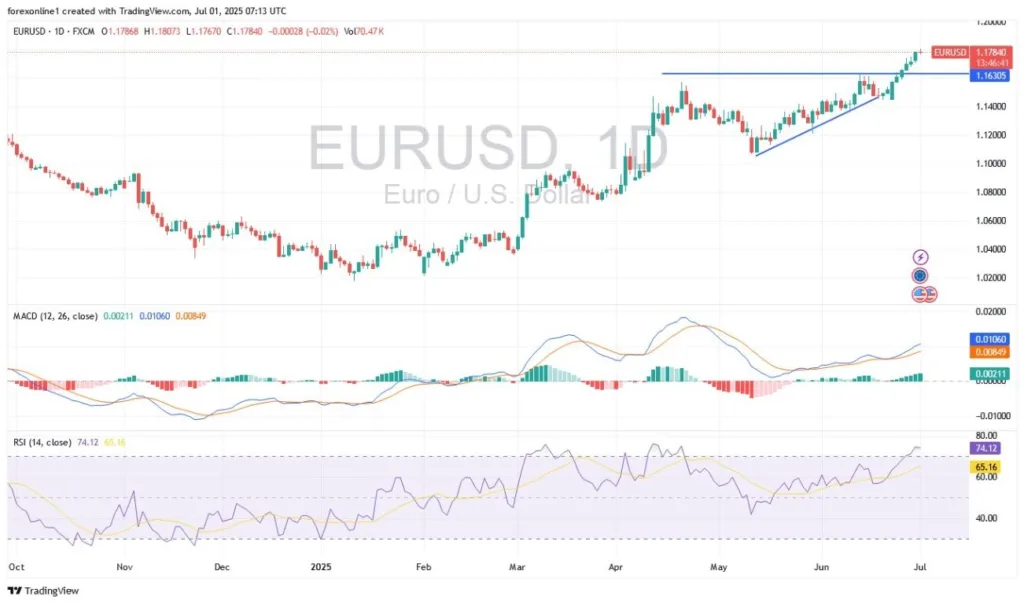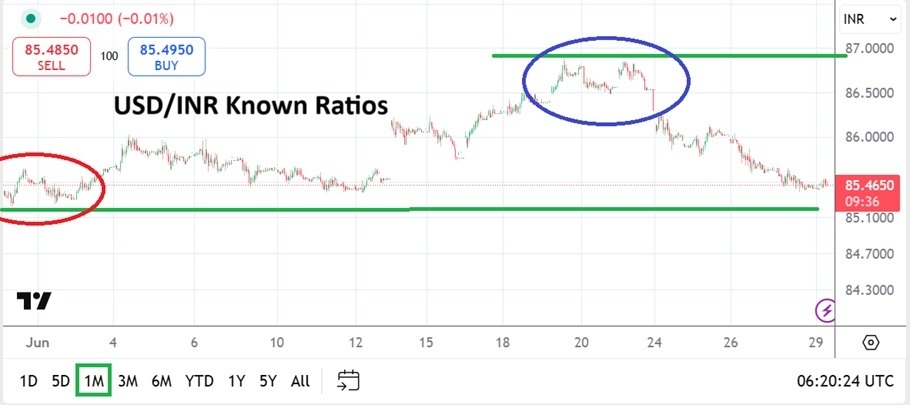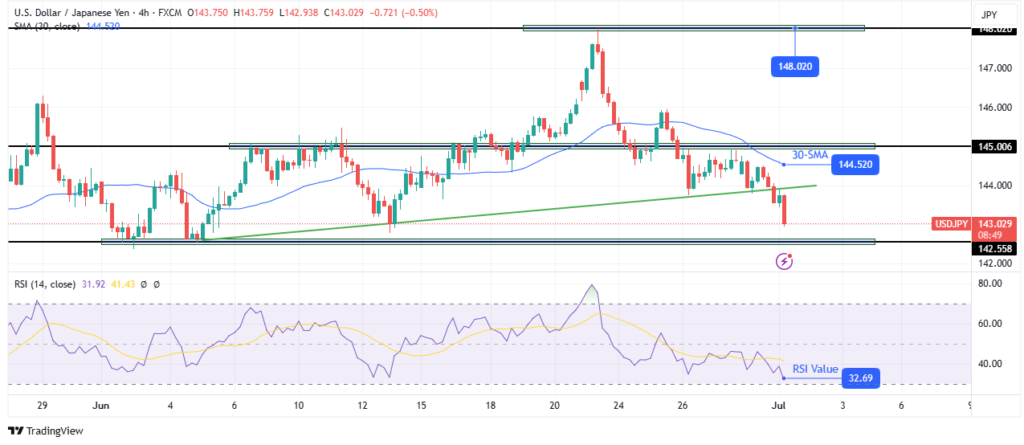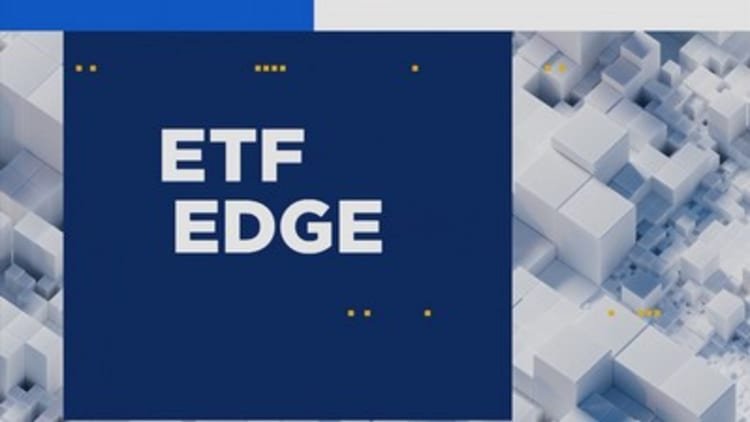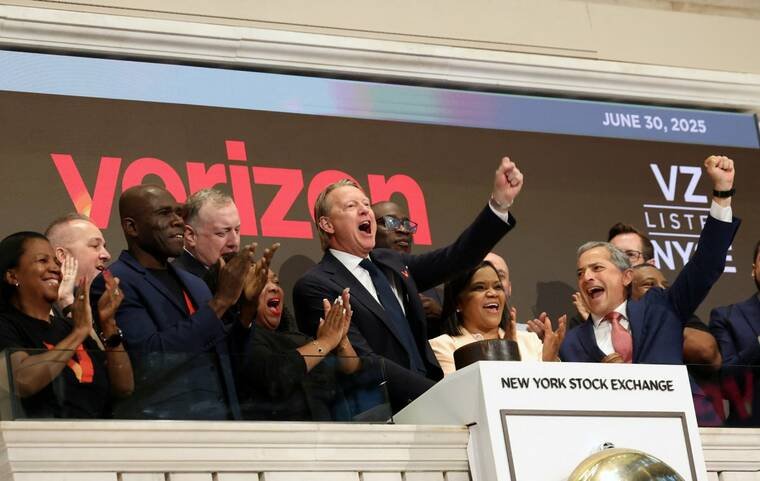What’s the hottest mega-cap stock on the market right now? Palantir Technologies (PLTR -1.04%). Shares of the artificial intelligence (AI)-powered software provider have skyrocketed more than 70% year to date. No other stock with a market cap of at least $200 billion has delivered anywhere close to that gain.
While many investors have hopped aboard the Palantir bandwagon, Warren Buffett isn’t one of them. Don’t expect the multi-billionaire to become a fan of the stock anytime soon, either. Here are three reasons why Buffett wouldn’t touch Palantir stock with a 10-foot pole.

Image source: The Motley Fool.
1. Palantir isn’t in Buffett’s wheelhouse
I seriously doubt that Buffett has even looked at Palantir’s financials. Why? The company’s business isn’t in Buffett’s wheelhouse.
The legendary investor was asked at Berkshire Hathaway‘s annual shareholder meeting last month if he anticipated being able to put the conglomerate’s hefty cash stockpile to use soon. Buffett replied that he’d be willing to invest $100 billion in a company if it met several criteria. First on the list was that he understands the business.
Granted, Berkshire’s portfolio has included software companies in the past. Snowflake is a great example. However, CNBC noted shortly after Berkshire invested $800 million in the AI cloud software provider, “It’s widely speculated that Buffett lieutenants Todd Combs and Ted Weschler orchestrated the Snowflake bet.” I think it’s a safe bet that this take is correct.
Buffett has readily acknowledged that he doesn’t understand AI. I suspect Palantir’s AI-focused business is enough reason by itself for the legendary investor to avoid buying any shares.
2. Buffett couldn’t reasonably estimate Palantir’s earnings growth
Let’s suppose, though, that Buffett didn’t shy away from investing in Palantir because of its business. I still don’t think he would buy the stock for another critical reason: He couldn’t reasonably estimate the company’s long-term earnings growth.
Buffett wrote to Berkshire Hathaway shareholders in 2014 that his first step in evaluating a stock (or business) he’s considering buying is to try to estimate its future earnings for at least the next five years. He stated, “If, however, we lack the ability to estimate future earnings — which is usually the case — we simply move on to other prospects.”
I seriously doubt that Buffett would be able to project Palantir’s earnings growth because so much of the company’s business stems from U.S. government contracts. How much federal money Palantir might receive depends in large part on which way the political winds are blowing over the next few years. Buffett’s nickname is the “Oracle of Omaha,” but even he probably wouldn’t try to predict what will happen in Washington, D.C.
3. Buffett would find Palantir’s valuation shocking
Buffett studied under Benjamin Graham, who is widely recognized as “the father of value investing.” Although Buffett isn’t as much a purist value investor now as he was in the past, he still looks closely at stock valuations before investing.
I’d bet that Buffett would find Palantir’s valuation shocking. Actually, I think many investors would find it shocking. We’re talking about a stock that trades at roughly 103.9 times trailing 12-month sales and more than 238 times forward earnings.
The only way those metrics would be justifiable is if Palantir were generating truly spectacular growth. To be sure, the company is growing rapidly — 39% year over year in the first quarter of 2025. But is this growth rate sustainable? Probably not. Palantir’s own revenue guidance for full-year 2025 reflects expected somewhat slower growth of around 36%. The consensus Wall Street estimate is for even more of a slowdown in revenue growth next year.
Could I be wrong that Buffett wouldn’t touch Palantir stock with a 10-foot pole? Maybe. But with the AI software company’s stratospheric valuation, I’d be comfortable making it a 20-foot pole.
Keith Speights has positions in Berkshire Hathaway. The Motley Fool has positions in and recommends Berkshire Hathaway, Palantir Technologies, and Snowflake. The Motley Fool has a disclosure policy.

